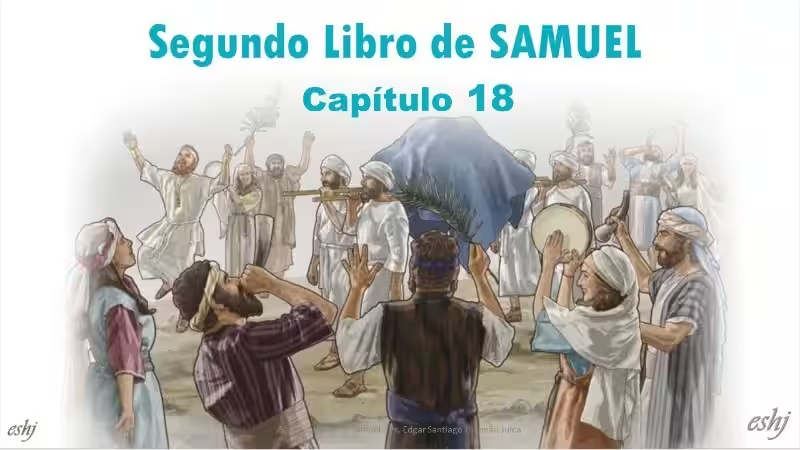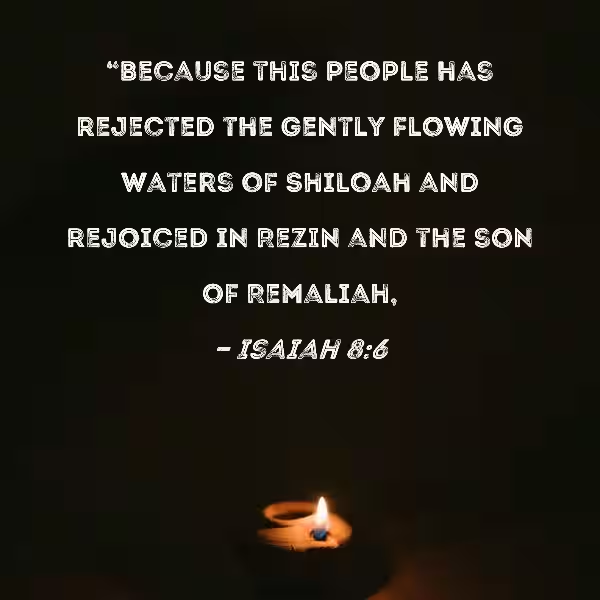The Brook Kidron: A Valley of Shadows and Transformation

In the tapestry of biblical narratives, the Brook Kidron stands as a prominent geographical feature, woven into the lives of kings, prophets, and ordinary people. It is a place where history unfolded, where faith was tested, and where the weight of human experience was felt deeply. This winding, rocky valley, located just east of Jerusalem, holds a significance that goes far beyond its physical presence.
The Brook Kidron's presence in the Bible is often interwoven with moments of sorrow and loss. It was the path chosen by King David when he fled from Absalom's rebellion, a journey marked by anguish and uncertainty. The valley's name, "Kidron," which translates to "dark" or "black," aptly reflects the darkness that enveloped these moments.
A Place of Sacrifice and Cleansing
The Brook Kidron was also the site of significant religious practices, particularly in the time of the Temple in Jerusalem. The priests would carry the ashes of the burnt offerings from the Temple to the Kidron Valley, where they were disposed of. This ritual symbolized the removal of sin and impurity, highlighting the valley's association with cleansing and renewal.
The prophet Jeremiah, a man deeply burdened by the sins of his people, was instructed by God to bury his torn garment near the Brook Kidron as a symbol of the destruction that would befall Jerusalem. This act, fraught with symbolic weight, underscored the valley's role as a witness to the consequences of rebellion and the need for repentance.
The Kidron in the Gospels
The Brook Kidron also appears in the Gospels, playing a significant role in the final hours of Jesus' life. It is here, in the Garden of Gethsemane, located near the Kidron, that Jesus experiences his deepest agony and prays for strength before his arrest. The proximity of the Kidron Valley, a place associated with sorrow and darkness, underscores the weight of Jesus' sacrifice and the depths of his suffering.
The Brook Kidron, as a geographical feature, is a constant throughout the biblical narrative. It is a place of transition, both physical and spiritual. It is a place where kings fled, where sacrifices were made, and where the human condition was laid bare. The valley's enduring presence in the biblical narrative speaks to its significance as a place where history unfolded and faith was tested.








